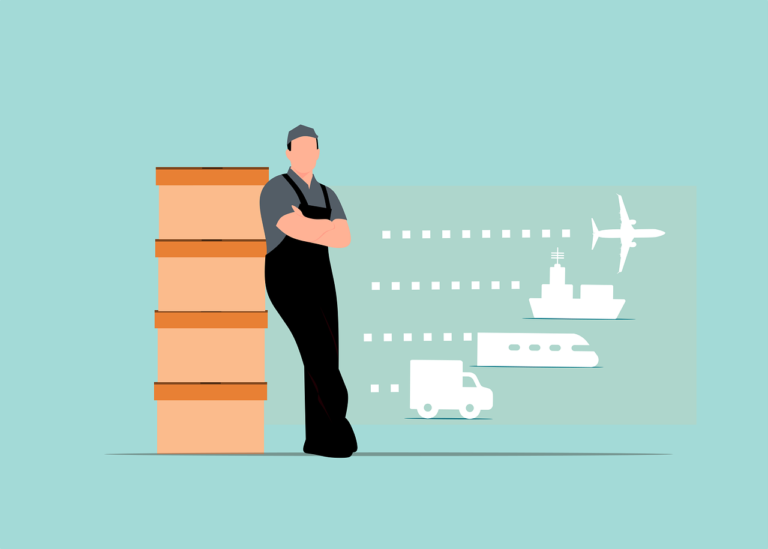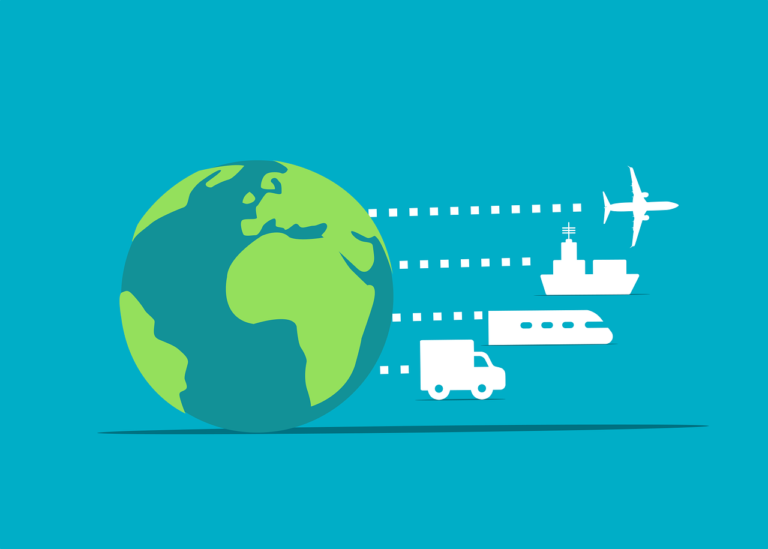
The rise of E-Commerce and International Shipping has revolutionized international shipping, reshaping supply chains and driving demand for faster, more flexible logistics. This article explores the challenges, technological advancements, and new expectations e-commerce has introduced into global freight, offering actionable insights for businesses navigating cross-border trade.
The exponential growth of e-commerce over the last decade has profoundly changed the landscape of international shipping. From the dominance of platforms like Amazon, Alibaba, and Shopify, to the surge in direct-to-consumer (DTC) brands, the pressure on global logistics networks has never been greater. Businesses now must respond to rising consumer expectations for fast, affordable delivery while managing complex supply chains across borders. This evolution demands innovation in shipping strategies, fulfillment models, and carrier partnerships to stay competitive in the global market.
How E-Commerce and International Shipping Has Transformed Global Trade Dynamics
E-commerce has pushed the boundaries of international trade, making it easier for small and medium-sized businesses to enter global markets. This democratization of commerce has led to increased parcel volumes, more last-mile delivery challenges, and the need for real-time visibility. Unlike traditional bulk shipping models, e-commerce emphasizes smaller, frequent shipments prompting a shift toward air freight, parcel logistics, and multi-modal transport solutions that prioritize speed and flexibility.

The Demand for Faster Delivery and Its Shipping Implications
Today’s online shoppers expect rapid delivery even across borders. This has led to the rise of cross-border fulfillment centers, regional warehousing, and distributed inventory strategies. The pressure to shorten delivery windows has made air cargo a preferred mode for high-value and time-sensitive shipments, despite its higher cost. As a result, businesses must find a balance between shipping speed, cost-efficiency, and carbon footprint in their international logistics planning.
E-Commerce’s Role in Driving Technological Innovation in Shipping
The logistics industry has responded to e-commerce challenges with a surge in tech-driven solutions. Tools like AI-powered route optimization, warehouse automation, blockchain for supply chain transparency, and IoT-enabled tracking are now widely used to streamline operations. For international shipping, digital freight platforms and cloud-based TMS (transport management systems) are helping businesses compare rates, book carriers, and monitor shipments in real-time, improving efficiency and visibility across global routes.
Customs, Compliance, and Documentation Challenges
With cross-border shipping, each country has its own customs regulations, import/export restrictions, and required shipping documents. The rise of e-commerce has increased the volume of small-value shipments, overwhelming some customs systems and causing delays. Businesses must understand the importance of accurate documentation, harmonized codes (HS codes), and digital customs solutions to minimize disruptions and meet compliance standards.
The Impact on Freight Rates and Carrier Capacity
E-commerce has caused significant fluctuations in freight rates, particularly in air and sea freight. Increased demand, especially during peak shopping seasons like Q4, puts pressure on carrier capacity. As a result, rates often spike unpredictably. Companies must now forecast better, secure carrier partnerships, and diversify their shipping strategies including LCL (Less than Container Load) and consolidated freight to maintain cost control in an e-commerce-driven environment.
Sustainability Concerns and Eco-Friendly Shipping Initiatives
The boom in e-commerce has also raised concerns about its environmental impact. With the increase in packaging waste and frequent international shipments, logistics providers are under pressure to offer eco-friendly shipping solutions. Businesses are now exploring options like carbon offset programs, green warehousing, sustainable packaging, and consolidated shipments to reduce their shipping-related carbon emissions and appeal to environmentally-conscious consumers.
How Small Businesses Can Compete in the Global Marketplace
Thanks to platforms like Shopify, Etsy, and Amazon Global Selling, small businesses now have unprecedented access to international buyers. However, they must navigate the complexities of international shipping, manage shipping rates, and build strong relationships with freight forwarders or 3PLs (third-party logistics providers). Using international shipping calculators, offering flat-rate shipping, and ensuring clear return policies can help smaller sellers remain competitive and trustworthy in global commerce.
H2: Future Trends in E-Commerce Logistics and Shipping
Looking ahead, e-commerce logistics will continue to evolve. Emerging trends include hyperlocal fulfillment, AI-based inventory forecasting, drone deliveries, and automated customs clearance. The integration of blockchain for end-to-end visibility and real-time shipping quotes from multiple international carriers will shape a more agile, responsive logistics industry. Businesses that embrace these changes early will gain a competitive advantage in the global shipping market.
The Role of Freight Forwarders and Logistics Partners in E-Commerce
Partnering with experienced freight forwarders and e-commerce logistics companies can make or break your global expansion efforts. These providers offer critical services including consolidation, customs brokerage, warehousing, and multi-modal transport. By leveraging their expertise, e-commerce brands can streamline cross-border logistics, optimize delivery timelines, and offer a better customer experience.
FAQs About E-Commerce and International Shipping
It has increased small parcel volumes, shortened delivery expectations, and introduced more complexity to customs and logistics operations.
Air freight, sea freight, and hybrid models involving regional warehouses and courier services.
Air freight offers speed, while sea freight offers cost savings for bulk shipments.
Use regional fulfillment centers, partner with reliable 3PLs, and optimize inventory placement.
Technology helps streamline logistics with automation, real-time tracking, and AI-powered analytics.
Start with LCL shipping, use shipping calculators, and consider subsidized rates through platforms like Shopify.
Higher emissions from frequent deliveries, packaging waste, and reliance on air freight.
Ensure all documents are accurate, use correct HS codes, and partner with customs-savvy forwarders.
Expect more automation, sustainability initiatives, and advanced AI-driven delivery systems.
Yes, they simplify the shipping process, reduce delays, and help you scale efficiently.
Conclusion
The rise of e-commerce has redefined how the world ships goods internationally. From faster deliveries and shifting freight strategies to new technologies and sustainability efforts, businesses must continually adapt to stay competitive. Whether you’re a global retailer or a growing brand shipping internationally, understanding these evolving dynamics is essential for success. As the future of e-commerce continues to unfold, being proactive, flexible, and informed will be the key to thriving in the international shipping landscape.






